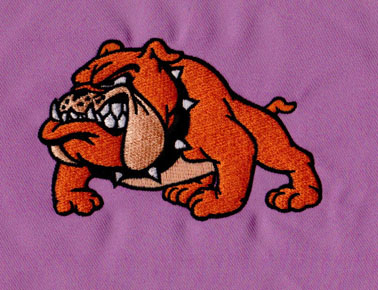Reviving Artistry: The Vector Conversion Alchemy
In the ever-evolving landscape of digital design, the vector conversion process has emerged as a transformative alchemy, breathing new life into old art. This intricate technique allows artists to resurrect traditional artworks, photographs, or graphics, giving them a contemporary edge with the scalability and versatility of vector graphics. In this comprehensive guide, we will delve into the fascinating world of vector conversion, exploring the process, benefits, and artistic potential it unlocks.
Understanding Vector Conversion:
Bridging Past and Present
Vector conversion, also known as vectorization, is the process of converting raster images into vector graphics. Raster images, composed of pixels, often lose quality when resized, leading to pixelation. Vectorization, however, transforms these images into scalable vector graphics (SVG), maintaining sharpness and clarity at any size.
1. Choosing the Right Artwork:
The Foundation of Vectorization
The vector conversion process begins with selecting the right artwork. Whether it's a vintage photograph, a hand-drawn illustration, or an old logo, the clarity and complexity of the original image influence the success of the vectorization process. High-resolution images with well-defined lines and contrast yield optimal results.
2. Selecting Suitable
Vectorization Software
A variety of vectorization tools and software are available, each with its strengths. Adobe Illustrator, CorelDRAW, and Inkscape are popular choices, offering robust vectorization capabilities. Choose a tool that aligns with your proficiency and project requirements.
3. Tracing the Outline: Precision
in Every Curve
The cornerstone of vectorization lies in tracing the outlines of the original image. Use the Pen tool or automated tracing features provided by vector software to create precise paths. Pay close attention to maintaining the integrity of the original artwork while ensuring smooth curves and accurate lines.
4. Managing Colors and Shades:
Enhancing Aesthetics
Vectorization is not just about lines; it's also about capturing colors and shades. When converting a colored raster image, recreate the color palette using vector fills. Pay attention to gradients and shadows, using vector tools to replicate the subtleties present in the original artwork.
5.
Embracing Simplification: Balancing Detail and Simplicity
While precision is crucial, vectorization often involves simplifying intricate details. Strike a balance between retaining essential elements and simplifying complex areas. This is particularly important in achieving a clean, minimalist look that is characteristic of vector graphics.
6.
Refining Details: Fine-Tuning for Perfection
Vectorization is a meticulous process that requires attention to detail. Zoom in and refine the intricate details of the artwork. Adjust anchor points, modify curves, and ensure that every element aligns seamlessly to create a polished vector representation.
7.
Ensuring Scalability: The True Power of Vector Graphics
One of the primary advantages of vector graphics is their scalability. Test the vectorized image at different sizes to ensure that it maintains clarity and sharpness. This quality makes vectorized artwork suitable for a myriad of applications, from small logos to large banners.
8. Saving in the Right Format:
Preserving Quality
After meticulous vectorization, saving the file in the appropriate format is crucial. Common vector formats include SVG, AI, and EPS. Choose a format that suits your intended use and preserves the quality of the vectorized artwork.
9.
Exploring Artistic Enhancements: Beyond Replication
While vectorization is often about replication, consider exploring artistic enhancements. Experiment with color variations, stylistic changes, or adding modern elements to breathe contemporary life into the vectorized artwork.
10.
Preserving the Original Essence: A Fusion of Old and New
In the process of vector conversion, strive to preserve the original essence and charm of the artwork. Whether it's a vintage photograph or a classic illustration, the vectorized version should serve as a fusion of old-world aesthetics with the modern versatility of vector graphics.
Conclusion:
The Resurgence of Art through Vector Conversion
Vector conversion is a powerful tool that not
only preserves the legacy of traditional art but also propels it into the
contemporary digital realm. Through precision, creativity, and a deep
understanding of the original artwork, artists can breathe new life into old
creations, offering a fresh perspective to audiences across various mediums. As
you embark on your vector conversion journey, embrace the fusion of old and new,
ushering in a renaissance of artistry through the transformative magic of
vectors.


